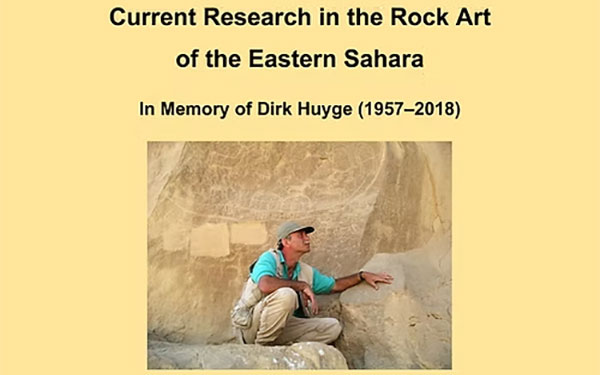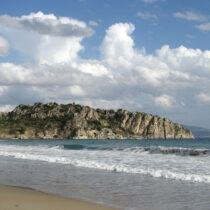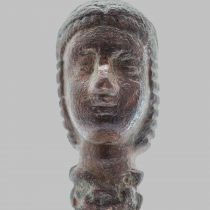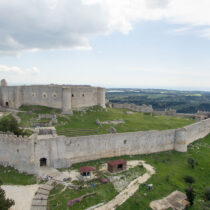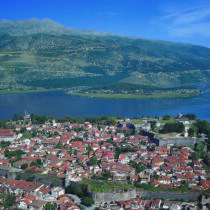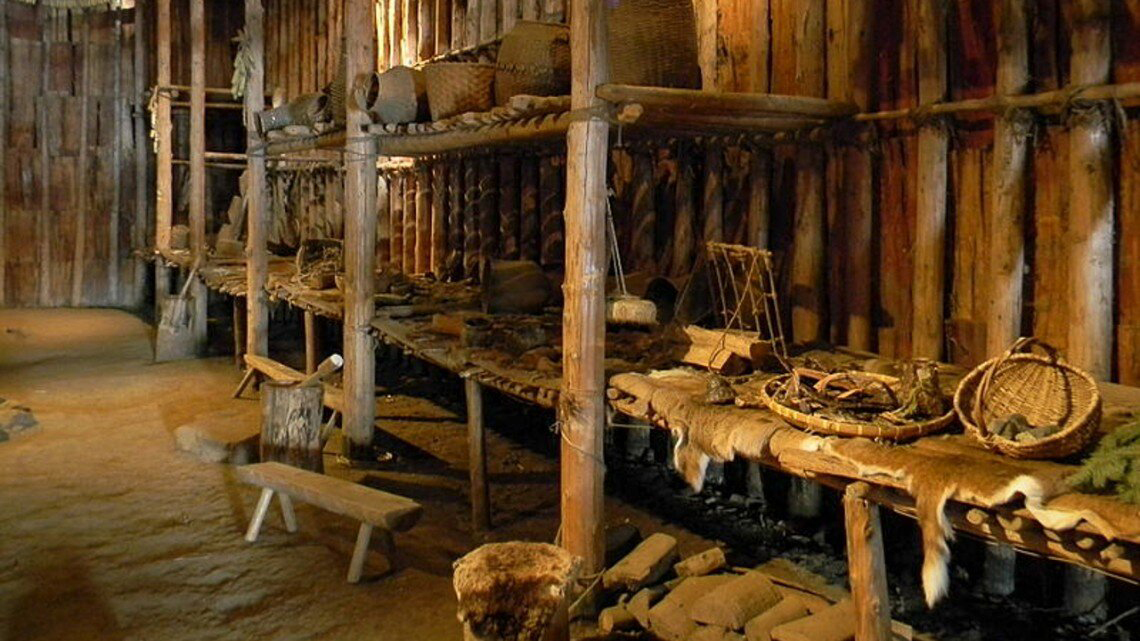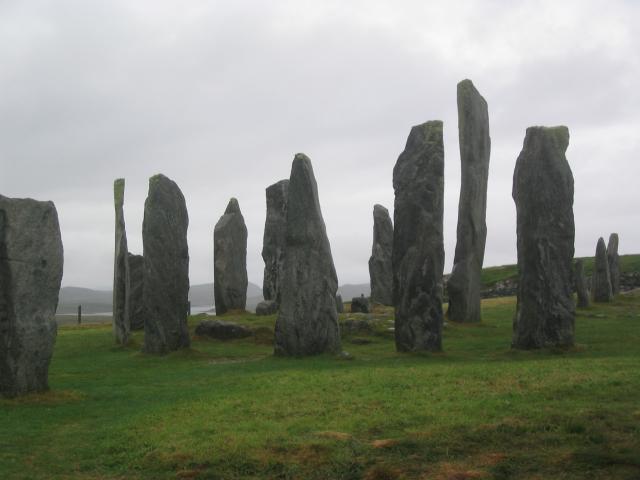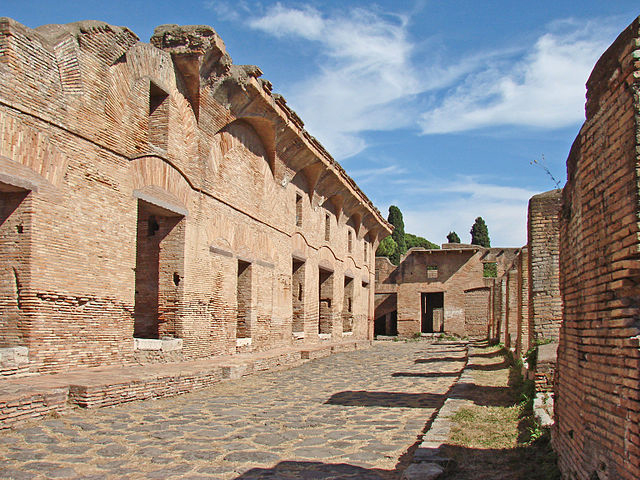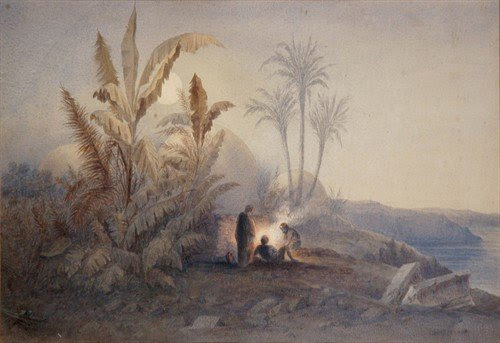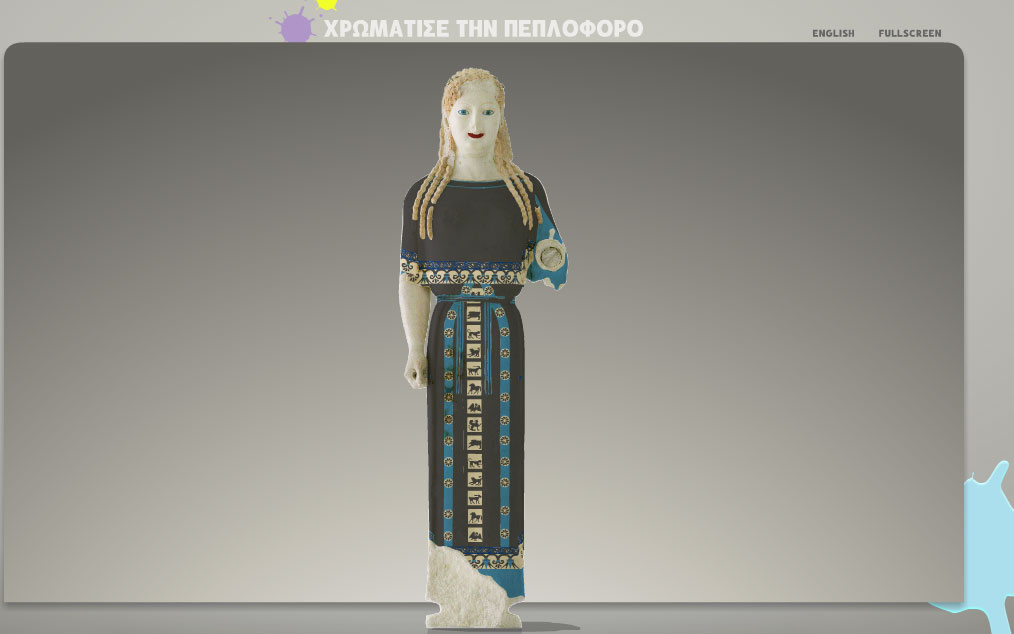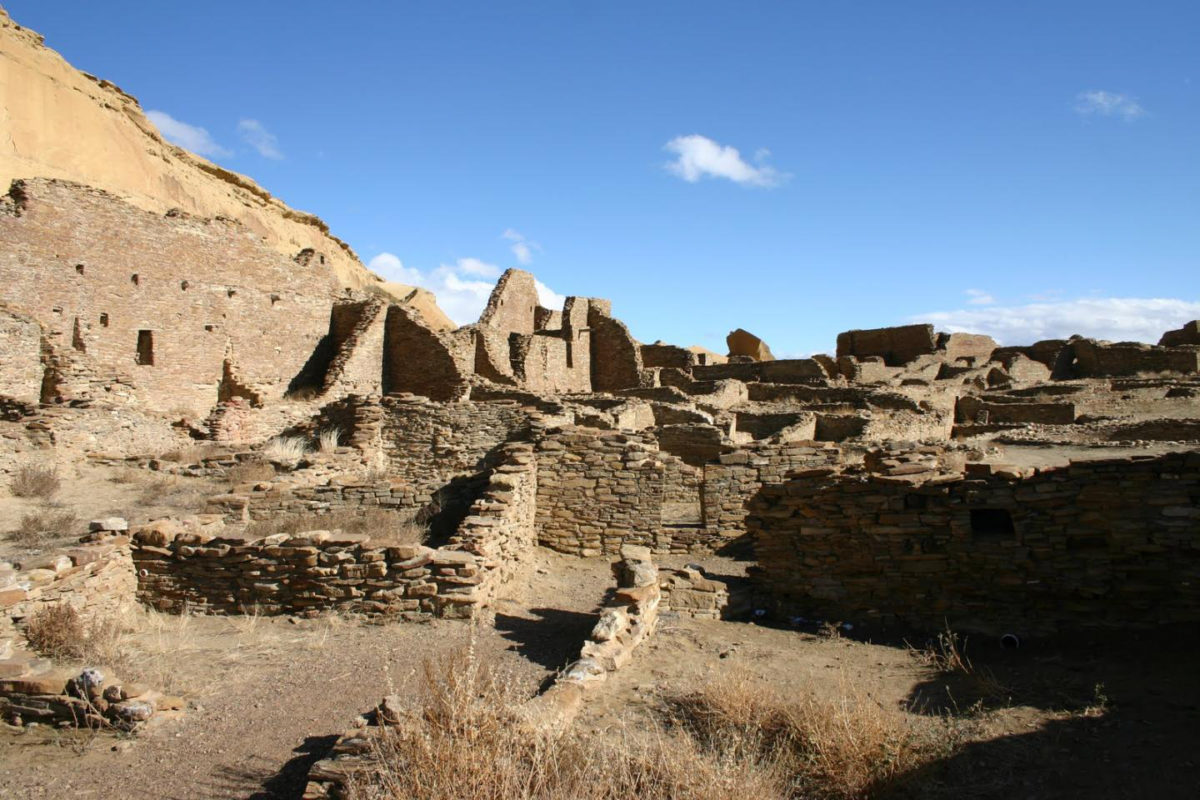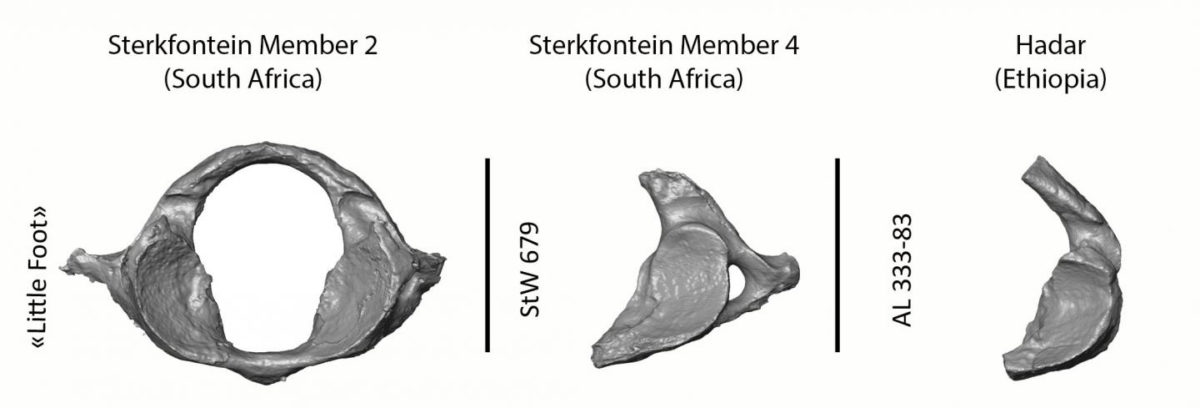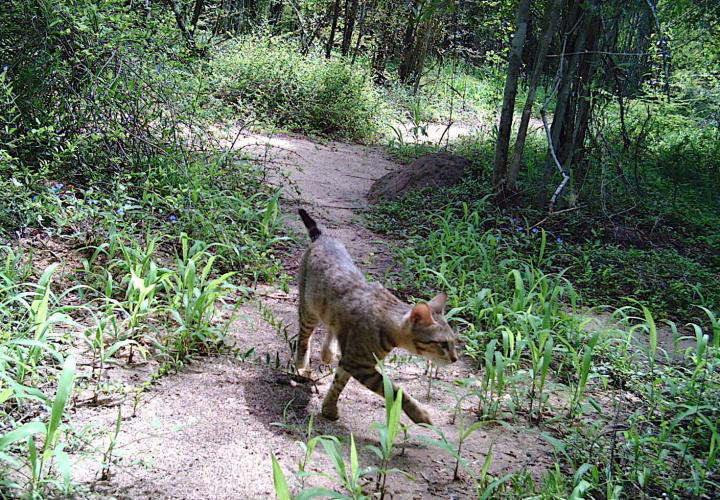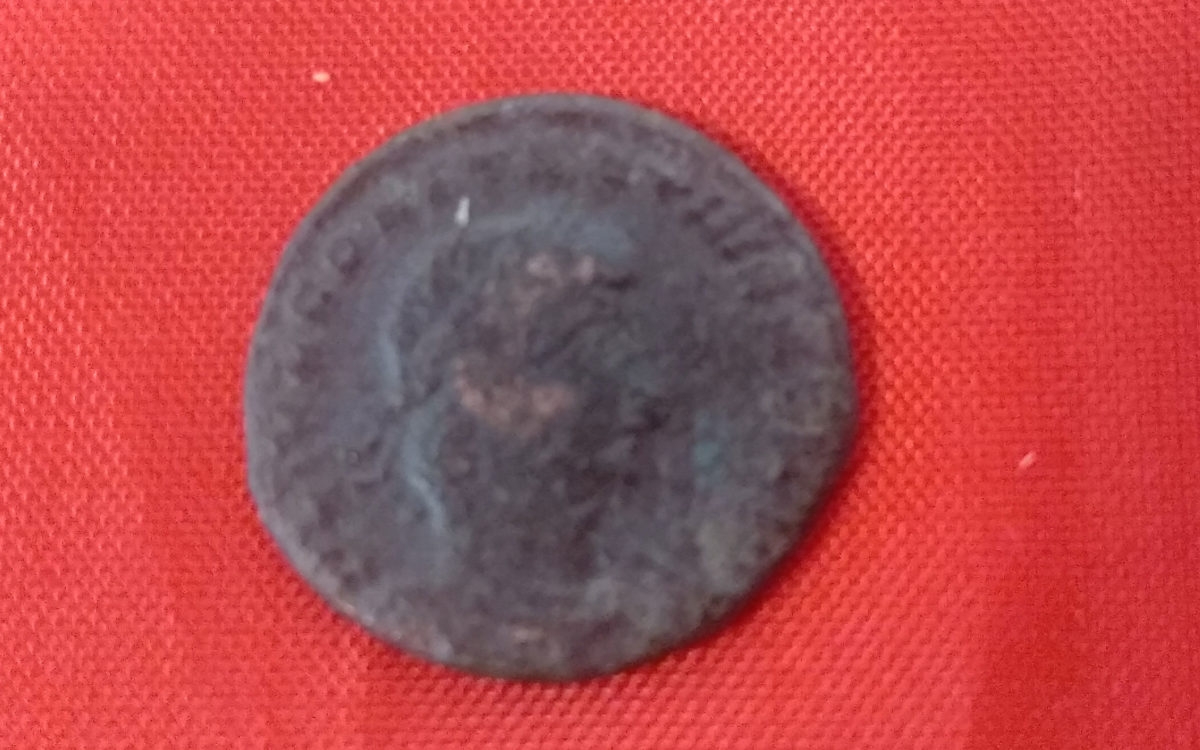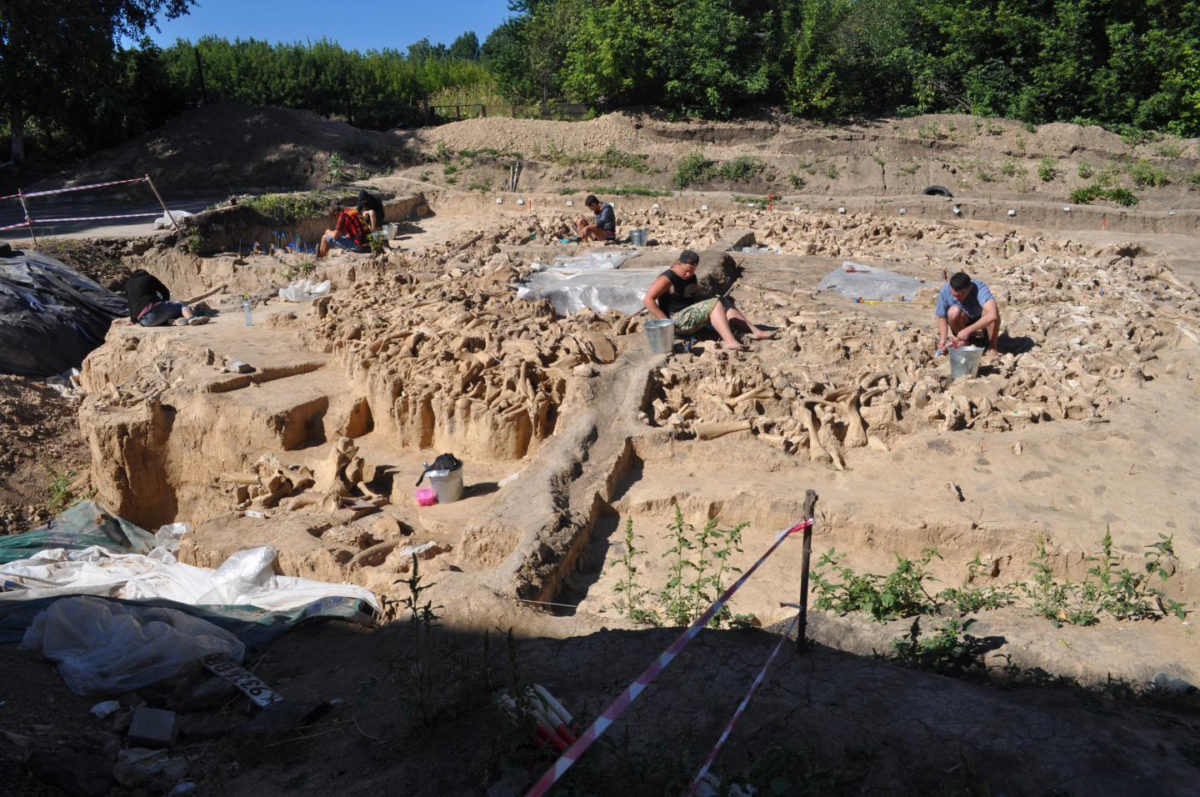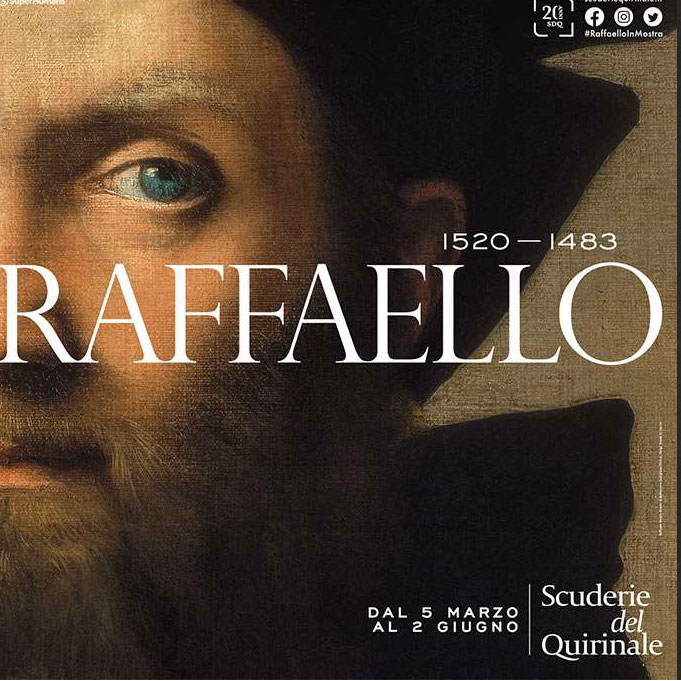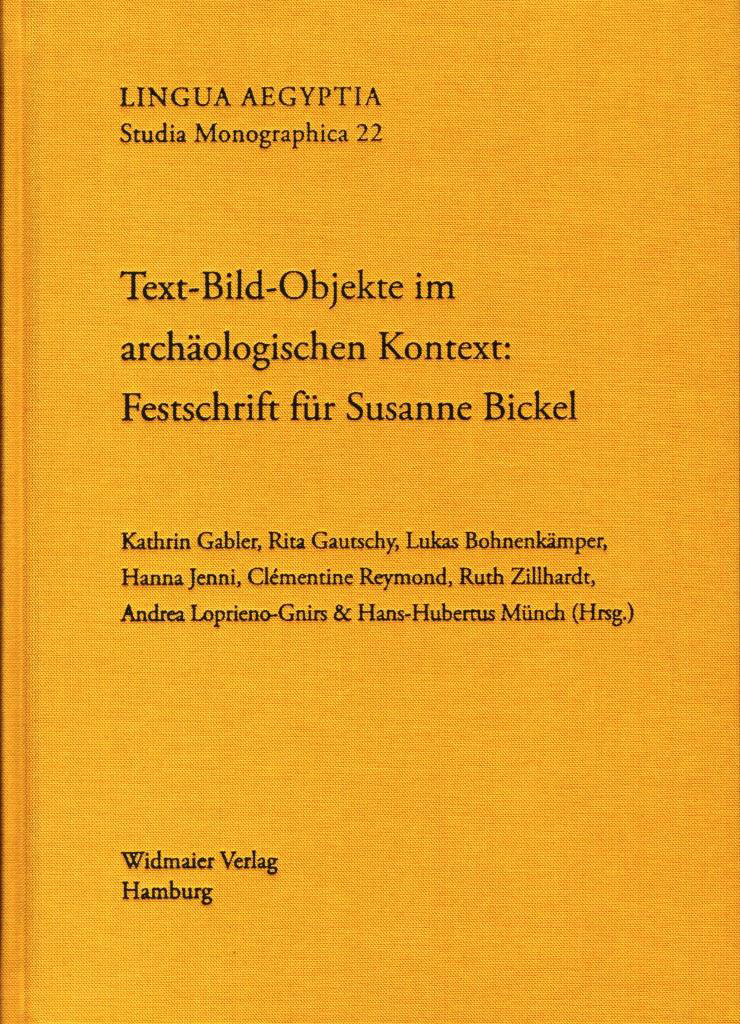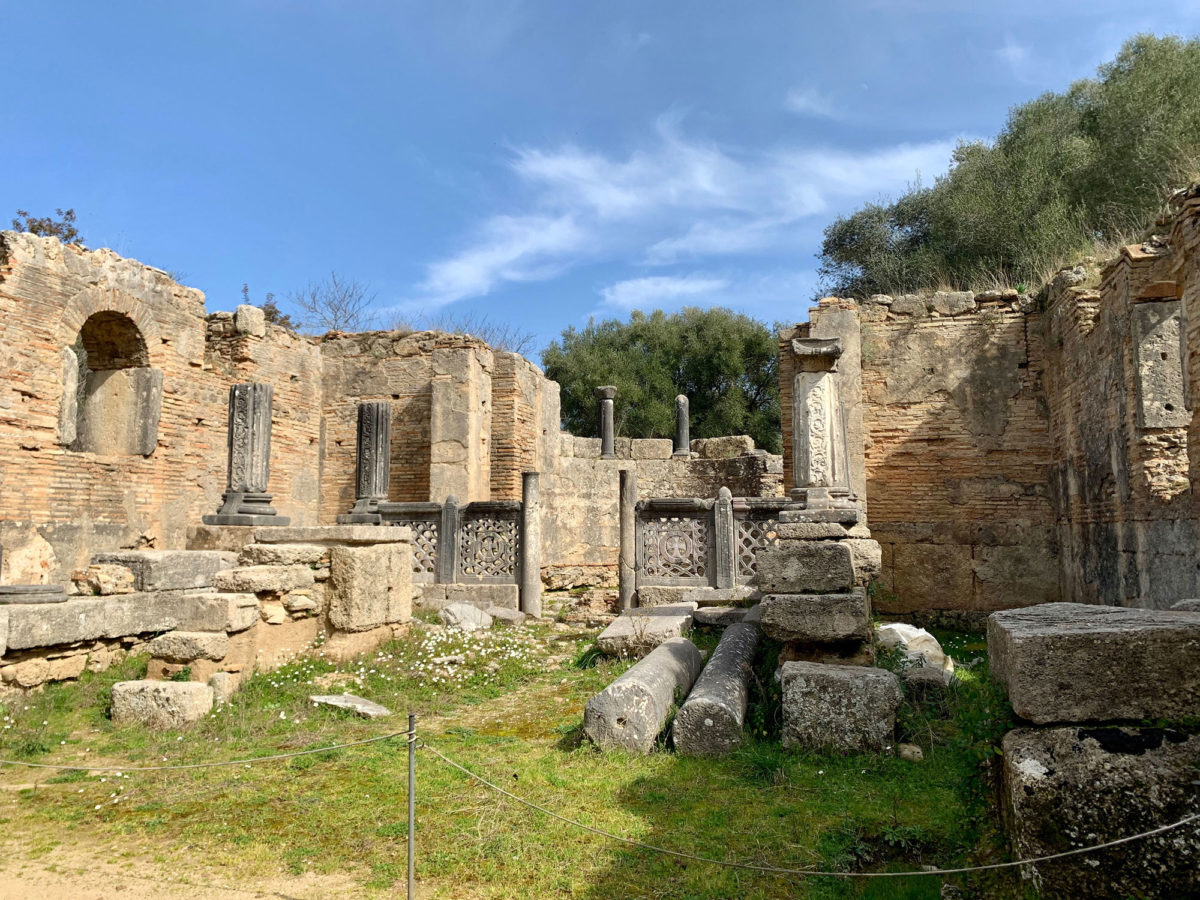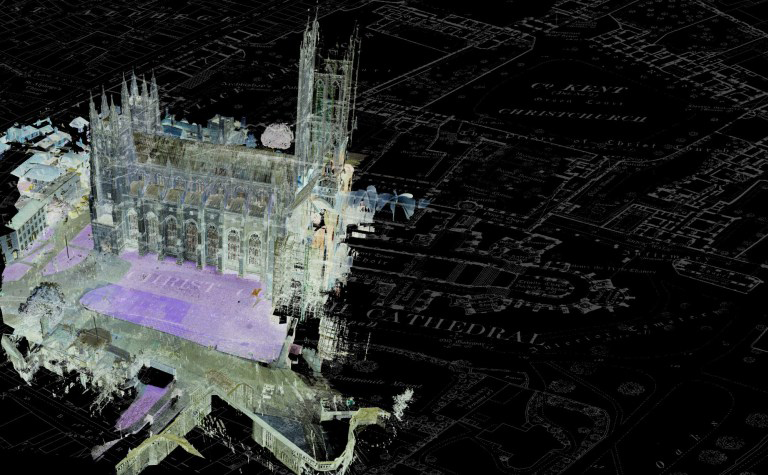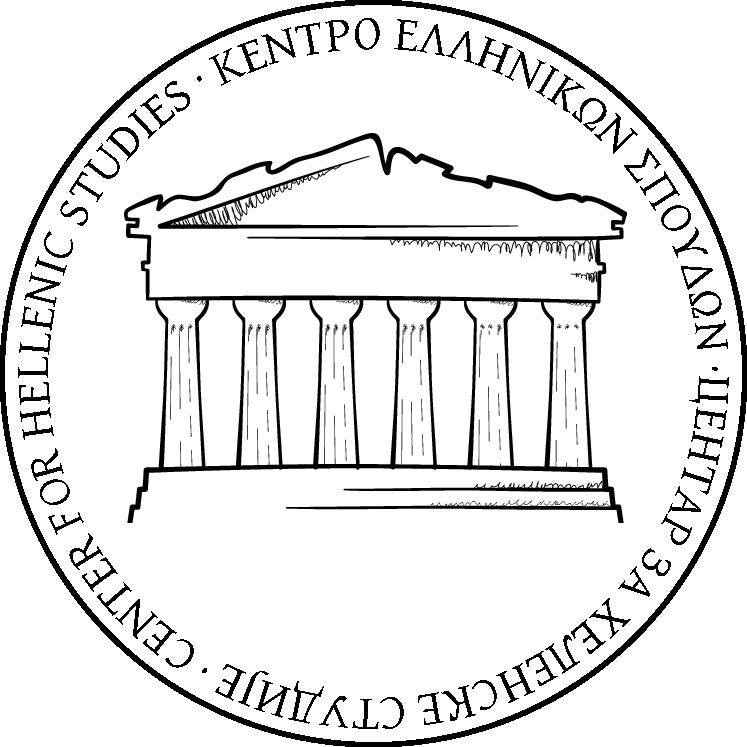Vice-Chancellor’s Scholarship for Research Excellence (International)
Power your research with our Vice-Chancellor's Scholarship for Research Excellence (International), covering tuition fees and a £1,015 monthly living allowance.
Maize, not metal, key to native settlements’ history in NY
New Cornell University research is producing a more accurate historical timeline for the occupation of Native American sites in upstate New York.
Painters remind us of the pleasures of “staying at home”!
Reading a book, playing board games, nibbling something from the fridge at midnight, snuggling up in bed and more…
When Gods Speak to Men
New addition to the Zurich Open Repository and Archive (ZORA)
of the University of Zürich.
Ancient secret of lightning strikes at stone circles revealed
New evidence of a massive lightning strike at the centre of a stone circle in the Outer Hebrides may help shed light on why these monuments were created thousands of years ago.
The Dynamics of Neighbourhoods and Urban Quarters
This colloquium, to be held at Christian-Albrechts-Universität zu Kiel in November 2020, will focus on neighbourhoods and urban quarters in historic cities.
Fine-tuning radiocarbon dating could ‘rewrite’ ancient events
Radiocarbon dating, invented in the late 1940s and improved ever since to provide more precise measurements, is the standard method for determining the dates of artifacts in archaeology and other disciplines.
New online events launched
Each webinar has a chat facility so you can participate in the lecture and ask questions of the presenter and other attendees.
“We stay home” but go on a digital walk…
Web browsing apps and interactive digital educational programmes invite us to get a close look at our monuments, to learn and amuse ourselves.
Altera pars laboris
The volume includes sixteen essays by Italian and French scholars, dedicated to the examination of the epigraphical tradition given through manuscripts and printed material.
The life and death of one of America’s most mysterious trees
A symbol of life, an ancient sundial or just firewood? Tree-ring scientists trace the origin of a tree log unearthed almost a century ago.
‘Little Foot’ skull reveals how this human ancestor lived
Micro-CT scanning of 'Little Foot' skull reveals new aspects of the life of this more than 3-million year-old-human ancestor.
Unraveling the puzzle of Madagascar’s forest cats
In a recent study, Sauther and her colleagues have drawn on genetic data from dozens of these wild cats to narrow in on an answer.
Tang Dynasty noblewoman buried with her donkeys
The research provides the first physical evidence of donkey polo in Imperial China, which previously was only known from historical texts.
Attempt by a 35-year-old to sell an ancient coin via the internet
It was found to be a bronze Roman coin from the 2nd to 3rd century AD.
Ancient mantis-man petroglyph discovered in Iran
A unique rock carving found in the Teymareh rock art site (Khomein county) in Central Iran with six limbs has been described as part man, part mantis.
Mysterious bone circles made from the remains of mammoths
Mysterious bone circles made from the remains of dozens of mammoths have revealed clues about how ancient communities survived Europe's ice age.
Raphael 1520-1483: Pictures at an exhibition
The exhibition will remain closed until further notice.
Text-Bild-Objekte im archäologischen Kontext
Informed by Susanne Bickel's epigraphic
and archaeological research, the present volume focuses on the interplay
of textual and visual perspectives in the analysis of Egyptian monuments
and their spatial location.
Olympia: Enhancement of the archaeological site’s Roman phase
It regards 6 buildings: the Baths of Nero, the Athletes’ Lesche, the Leonidaion Baths, the Baths of Kladeos, the South Baths and the Early Christian Basilica.
Connections. Canterbury Conference confirmed
In response to travel and meeting difficulties posed by the Coronavirus, AMPS has added MULTIPLE VIRTUAL OPTIONS to the conference.
Ethics of Art and Technology from Antiquity to Our Times
The Second International Conference of Hellenic Studies will take place in Budva (Montenegro), from 14 to 19 September 2020.
Text and Textuality
The Call for Papers closes this Friday (20.3.20) for Text and Textuality, a conference to be held at Durham University on 16-17th July 2020.
PhD position at the Rijksuniversiteit Groningen
The PhD position is intended for a classicist who has an affinity for computational linguistics.
